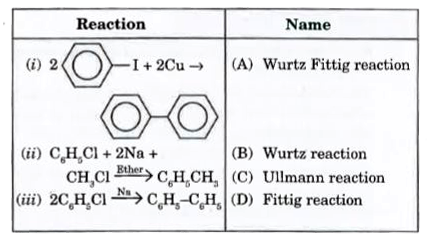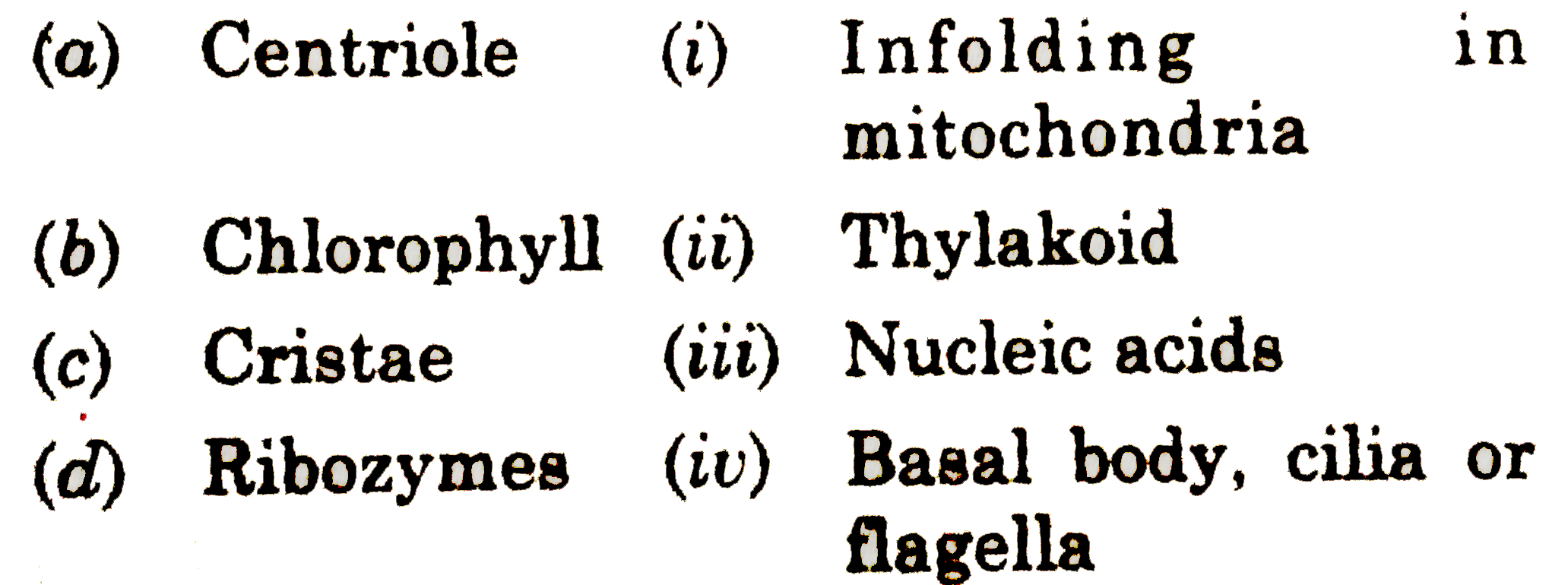In a quiz programme, the ratio of correct answers to incorrect answers is 5:2. If a student gives 16 incorrect answers, then the number of correct answers given is _______ .
80
40
20
30
The correct Answer is:B
To solve the problem, we need to find the number of correct answers given the ratio of correct answers to incorrect answers and the number of incorrect answers.
1. Understand the Ratio:
The ratio of correct answers to incorrect answers is given as 5:2. This means that for every 5 correct answers, there are 2 incorrect answers.
2. Set Up the Variables:
Let the number of correct answers be C and the number of incorrect answers be I. According to the ratio, we can express this as:
CI=52
3. Use the Given Information:
We are told that the student gave 16 incorrect answers. Therefore, we can substitute I=16 into the ratio:
C16=52
4. Cross-Multiply to Solve for C:
To find C, we can cross-multiply:
2C=5×16
5. Calculate the Right Side:
Now, calculate 5×16:
5×16=80
So, we have:
2C=80
6. Divide by 2 to Find C:
Now, divide both sides by 2 to find C:
C=802=40
7. Conclusion:
The number of correct answers given by the student is 40.
Final Answer:
The number of correct answers given is 40.
---
The ratio of correct answers to incorrect answers is given as 5:2. This means that for every 5 correct answers, there are 2 incorrect answers.
Let the number of correct answers be C and the number of incorrect answers be I. According to the ratio, we can express this as:
CI=52
We are told that the student gave 16 incorrect answers. Therefore, we can substitute I=16 into the ratio:
C16=52
To find C, we can cross-multiply:
2C=5×16
Now, calculate 5×16:
5×16=80
So, we have:
2C=80
Now, divide both sides by 2 to find C:
C=802=40
The number of correct answers given by the student is 40.
The number of correct answers given is 40.
Topper's Solved these Questions
- RATIO AND PROPORTIONBOOK - SCIENCE OLYMPIAD FOUNDATION CHAPTER - RATIO AND PROPORTIONEXERCISE - ACHIEVERS SECTION (HOTS)
5 Videos
- RATIO AND PROPORTIONBOOK - SCIENCE OLYMPIAD FOUNDATION CHAPTER - RATIO AND PROPORTIONEXERCISE - ACHIEVERS SECTION (HOTS)
5 Videos
- PRACTICAL GEOMETRYBOOK - SCIENCE OLYMPIAD FOUNDATION CHAPTER - PRACTICAL GEOMETRYEXERCISE - ACHIEVERS SECTION (HOTS)
5 Videos
- SYMMETRYBOOK - SCIENCE OLYMPIAD FOUNDATION CHAPTER - SYMMETRYEXERCISE - MATHEMATICAL REASONING
15 Videos
Similar Questions
Knowledge Check
Choose the correct answer
AEvery identity matrix is scalar matrixBEvery scalar matrix is and identity matrixCEvery diagonal matrix is an identity matrixDA square matrix whose each element is 1 is an identity matrixSelect the correct answers .
AGolgi body synthesizes proteins.BAt the time of cell diviion , centrioles move to the poles and form spindle fibres.CThe cell membrane is made of proteins and lipidsDLysosomes work in defence against bacteria and virusesSelect the correct answer
 A(i)-(A), (ii)-(B)B(i)-(B), (ii)-(C)C(i)-(B), (ii)-(D)D(i)-(A), (ii)-(C)
A(i)-(A), (ii)-(B)B(i)-(B), (ii)-(C)C(i)-(B), (ii)-(D)D(i)-(A), (ii)-(C)




